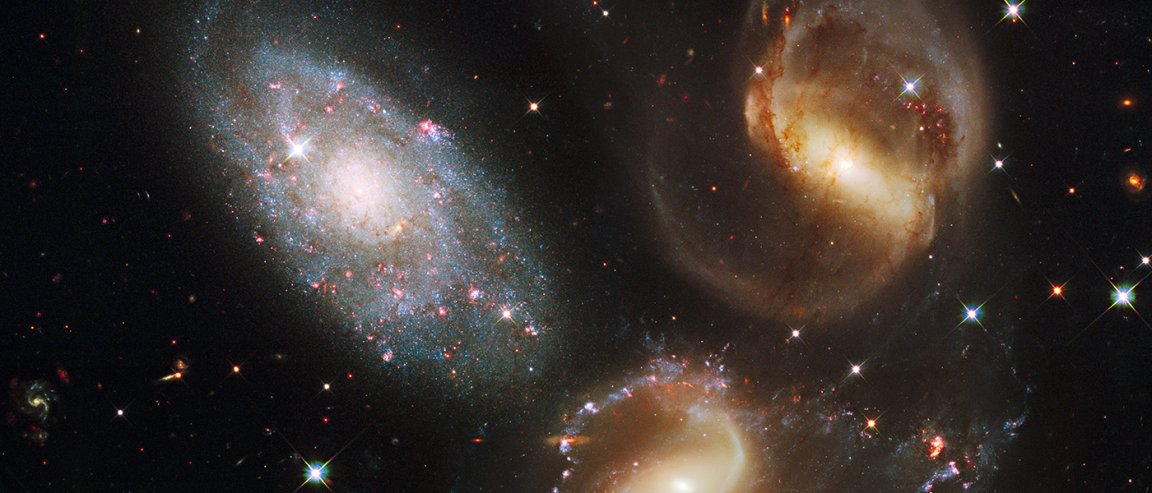
We’re only about a year away from the launch of the James Webb Space Telescope (JWST), but its predecessor, Hubble, isn’t ready to slip quietly into retirement just yet. The 27-year veteran of space exploration still has some remarkable images to show us, the latest being a high-resolution photograph of an area of space six billion light-years away.
The image contains thousands of galaxies, and it’s a breathtaking example of gravitational lensing, a phenomenon first theorized by Albert Einstein as part of his general theory of relativity.

Essentially, the mass of a cluster of galaxies known as Abell 370 is so great, it warps space in such a way that the light from galaxies behind it is magnified and distorted. When Hubble then views that area of the sky, it not only sees the original galaxy cluster, it also picks up on the light from the galaxies far beyond it. In fact, one of the galaxies displayed in this new image is actually 13 billion light-years away, and it appears to be in multiple places at once in the photo.
Without the strange natural phenomenon of gravitational lensing, astronomers wouldn’t be able to get such detailed images of such far off galaxies. Once the JWST is put into action, it will also work in tandem with the laws of nature to deliver new and ever more detailed images of the farthest reaches of our universe.